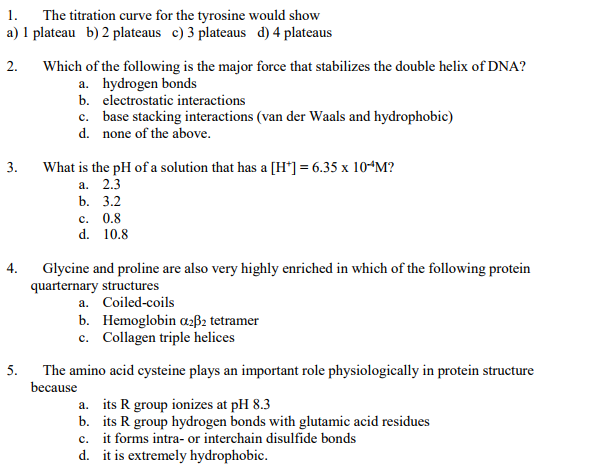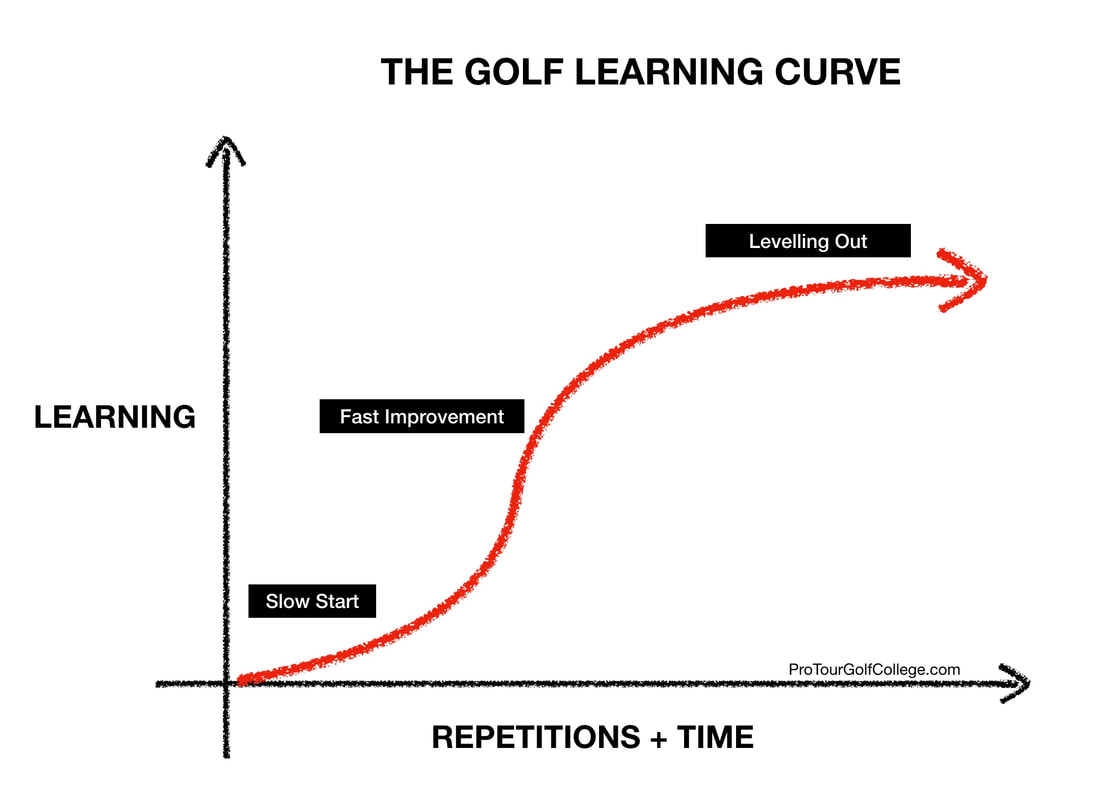
If we could measure the six constants above while changing a parameter such as pH, inhibitor, or SDS concentration, we would discover the effect that these parameters have on the enzyme mechanism by observing which of the constant(s) changed the most. Like the previous two steps, this one is also reversible. Finally, enzyme and product (P) are released in the final step. This also has a forward and reverse rate, and an associated equilibrium constant. In the next step, the enzyme catalyzes conversion of ES to EP, the enzyme-product complex. There is a rate of binding and a rate of release given a k 1 and k -1, the ratio k 1/k -1 defines the equilibrium constant K for substrate binding. Enzyme (E) and substrate (S) bind to form an ES complex. The scheme below shows the elementary process for an enzymatic reaction. Outline the purpose, objectives, and procedures sections in your notebook Read the assigned reading (including this lesson) completelyĬomplete the prelab assignment at least 24 hours before lab begins Compare K m to published literature values.Locate K m values in the published literature.Calculate standard error for trendline parameters using the LINEST arrayed equation in Excel.Construct Eadie-Hofstee plots and determine K m, V max and V max/K m parameters.Analyze the effect of changing either enzyme or substrate concentration on initial reaction rates.Design and execute protocols for determining enzyme kinetic parameters.Upon successful completion of this lab, you will be able to: Finally, in Part C, you will combine the results of A and B and construct an experiment that will monitor tyrosinase reaction rate as a function of substrate concentration. In Part B, you will determine what range of substrate concentration will allow you to calculate the K m of tyrosinase. This lab will be divided into three sections in Part A, you will determine the optimal enzyme amount for a fast, linear initial reaction rate. In particular, K m is an intrinsic parameter that does not depend on the quantity of active enzyme and this thus comparable between groups and can be compared to literature values. Next week we will measure the effects of the inhibitors.

This week we will first perform the positive control measurement of K m and V max in the absence of inhibitors. What are the kinetic mechanisms of tyrosinase inhibitors? Over the next two weeks, we will characterize the mechanism of some inhibitors by discovering how these chemicals inhibit the enzyme kinetic parameters K m and V max.

By Justin Maresh CHE 341 - Tyrosinase Characterization: Enzyme Kinetics Purpose


 0 kommentar(er)
0 kommentar(er)
